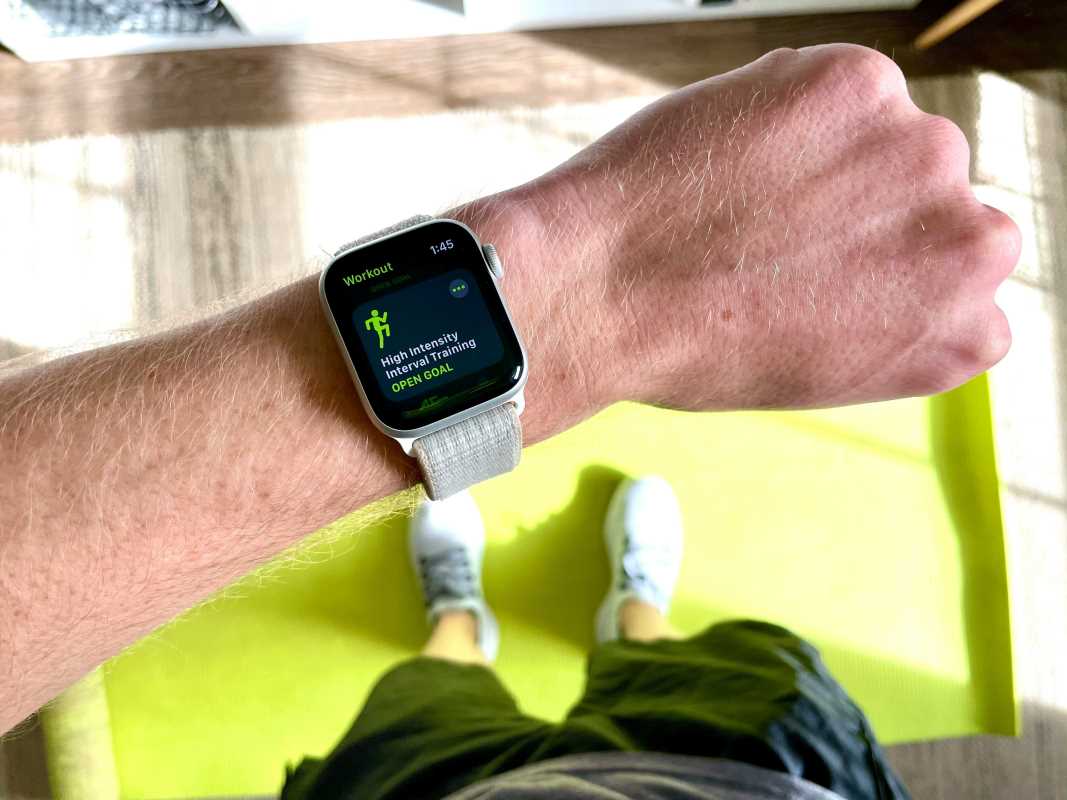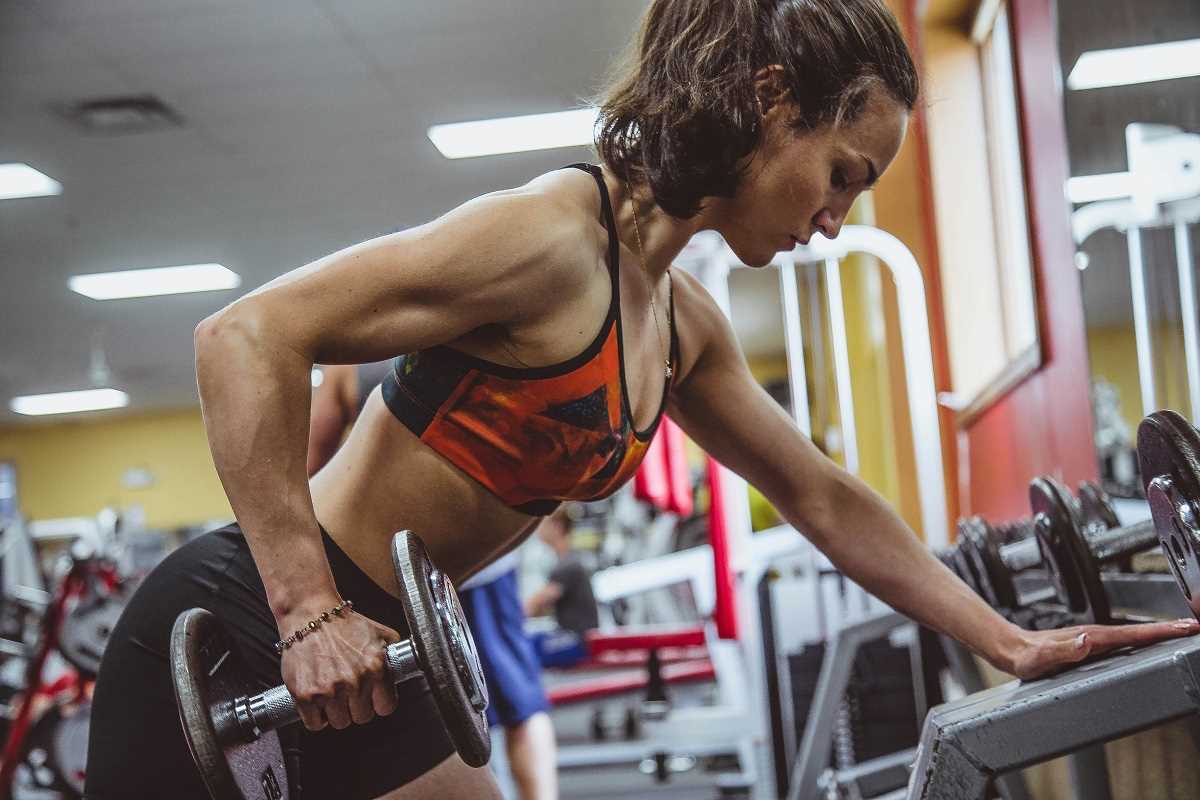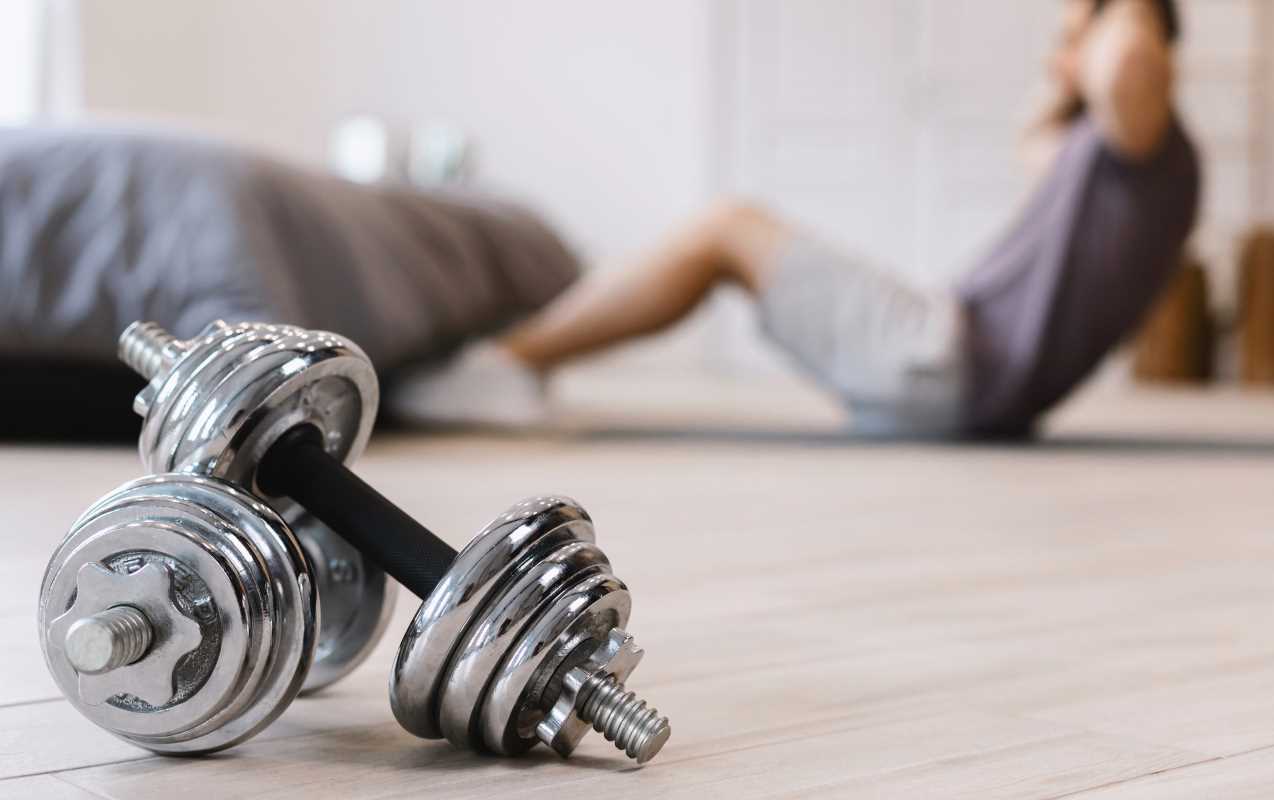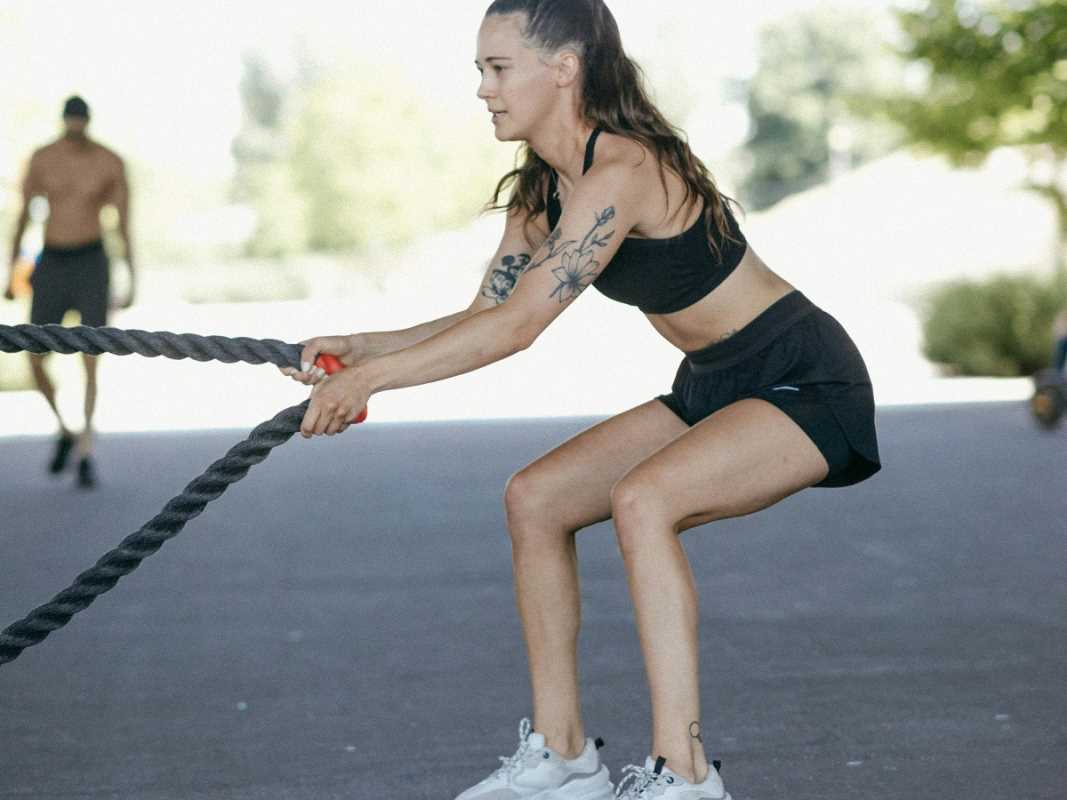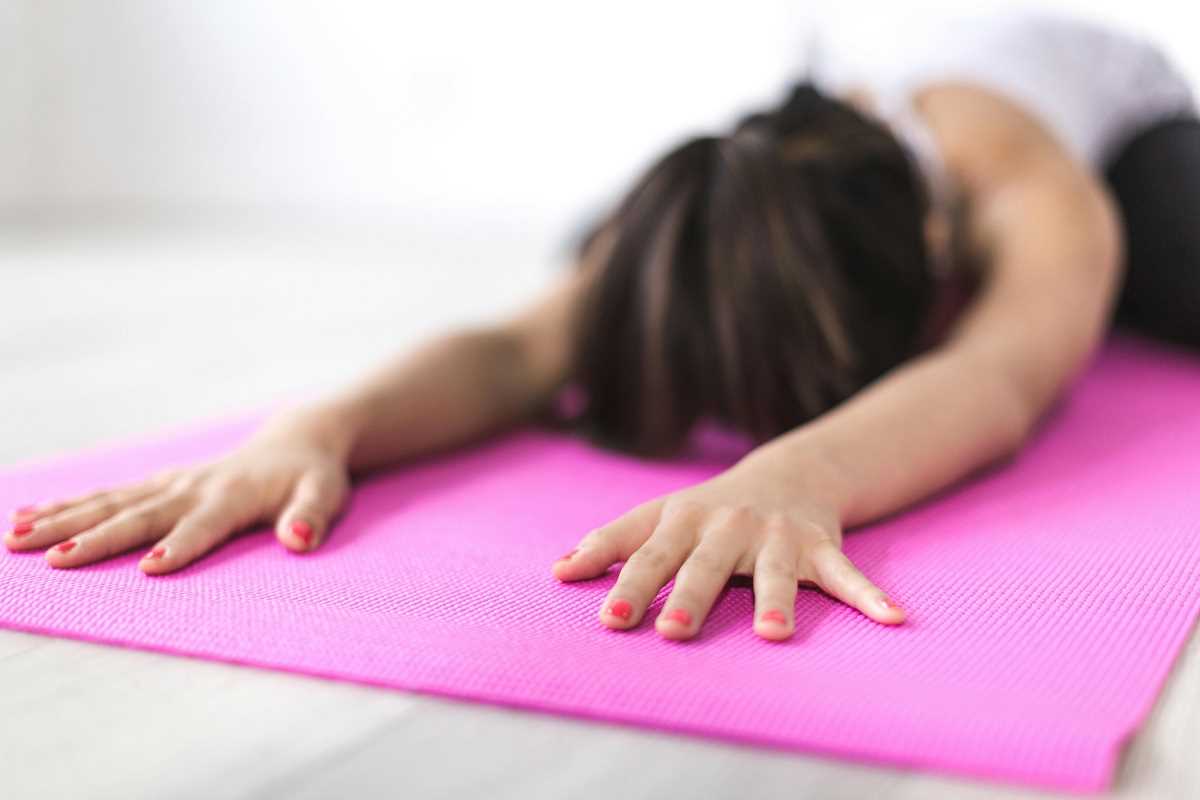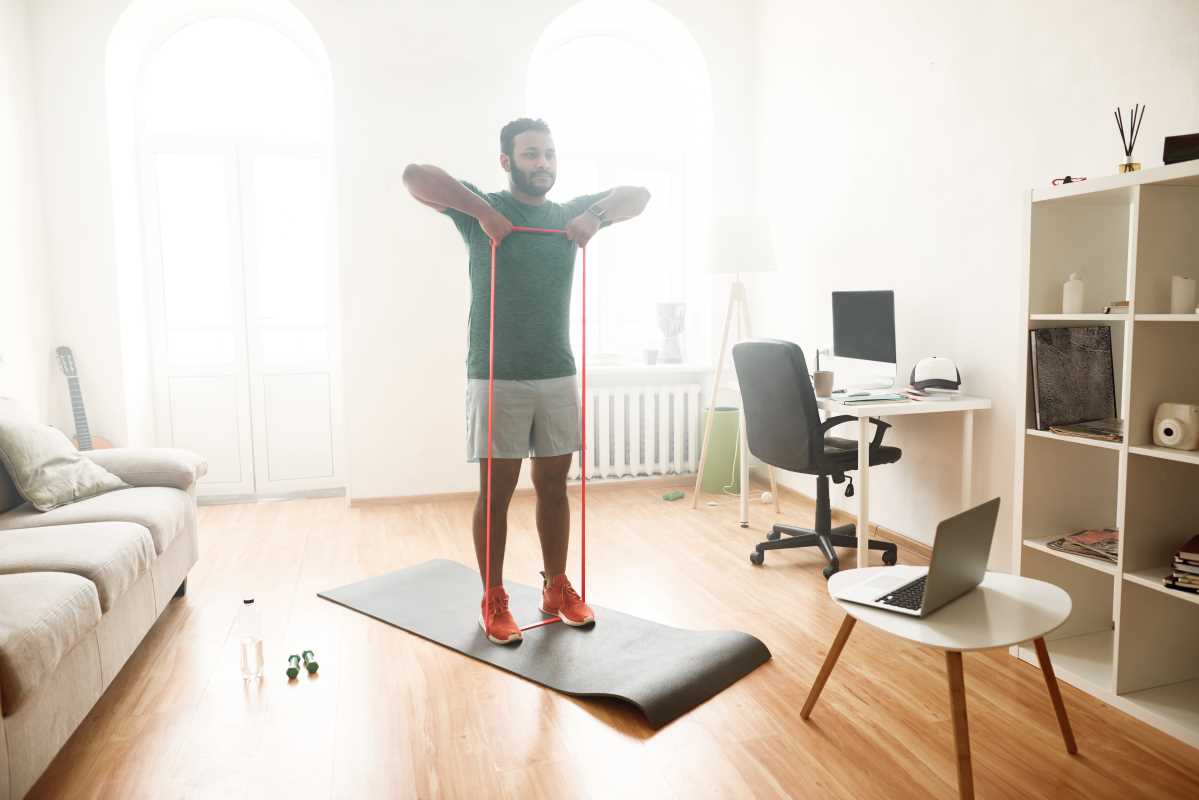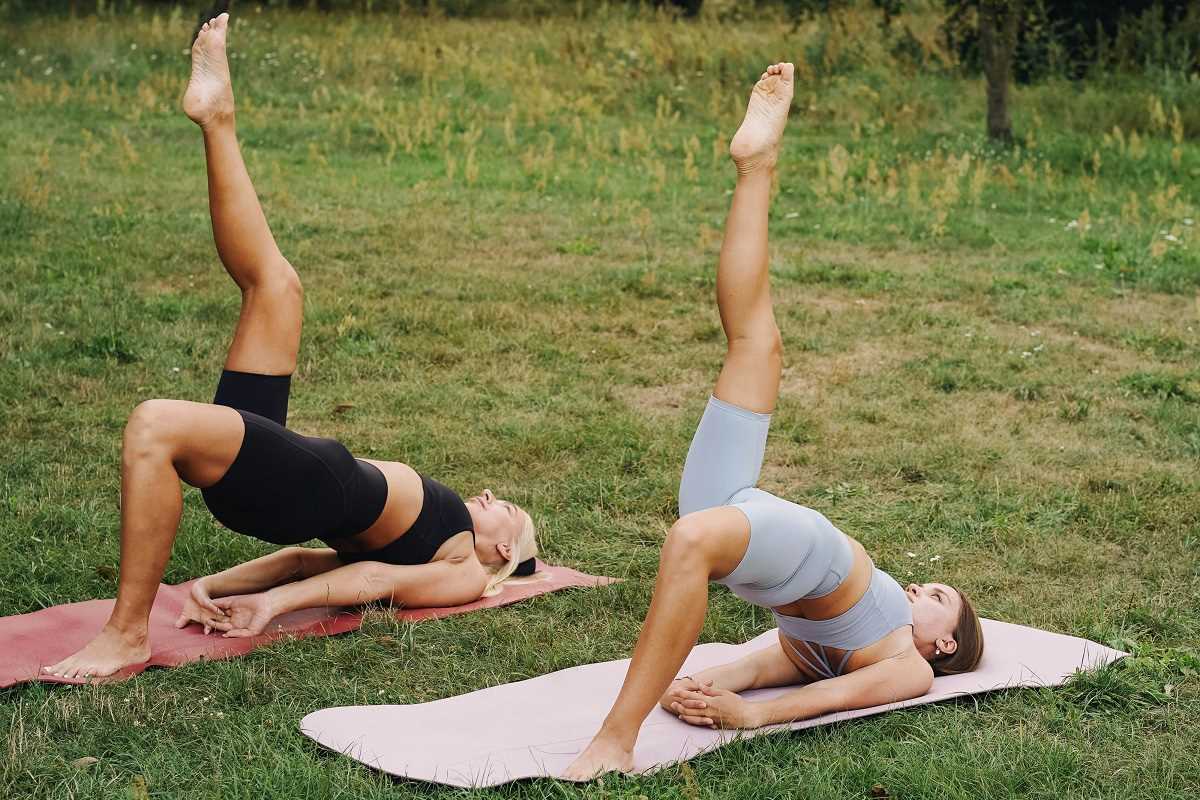Stretching and increasing your range of motion can make exercise and everyday tasks feel more comfortable. Practicing yoga and Pilates on a regular basis supports joint mobility and helps release tension, which can lift your mood and leave you feeling refreshed. Combining these two forms of movement brings a gentle yet effective way to strengthen your body, calm your thoughts, and encourage a sense of ease that carries over into your daily life. Whether you are looking to unwind after a busy day or add variety to your physical activity, this approach can bring lasting benefits to both body and mind.
Start a daily routine that incorporates both yoga and Pilates to change how you approach fitness. The combination of slow, mindful stretches and strength-building moves creates a well-rounded practice that adapts to your lifestyle and helps you reach your flexibility goals.
The Benefits of Flexibility Training
When you improve your flexibility, you gain many advantages. Working on your range of motion lowers the chance of injuries, improves your posture, and reduces tension in your muscles. Flexibility training also makes everyday movements more comfortable, easing the strain of repetitive tasks and long days behind a desk.
- Reduce muscle stiffness and improve your range of motion
- Enhance circulation and lower your risk of injury
- Correct your posture and strengthen your core
- Relieve stress and boost mental clarity
- Increase awareness of body alignment and movement
These concrete benefits go beyond physical health; they help you stay calm and focused. Regular sessions might leave you feeling more relaxed and prepared to handle everyday challenges.
Understanding Yoga and Pilates: Key Differences and Similarities
Yoga is an ancient practice that emphasizes breath control and a steady flow of poses to create a meditative state. It links movement with mindfulness, connecting body and spirit while improving flexibility and balance. Many people find that combining physical and mental benefits gives a refreshing change from high-intensity workouts.
Pilates, on the other hand, focuses on strengthening the core and stabilizing the body through controlled movements. The exercises target specific muscle groups and emphasize precise alignment. Both practices encourage better posture, increased body awareness, and stress relief. Combining them when you practice daily works very well.
Essential Yoga Poses for Flexibility
For yoga poses that increase flexibility, a few key postures provide a solid foundation for your practice. Focusing on these poses helps stretch tight muscles and improve alignment, paving the way for greater mobility.
- Cat-Cow Pose – Move between arching and rounding your back to release tension in the spine.
- Downward-Facing Dog – Lengthen your spine and stretch your hamstrings and calves in a full-body pose.
- Seated Forward Bend – Reach for your toes while sitting on the mat, gently stretching your back and legs.
- Pigeon Pose – Open your hips and relieve tightness around the lower back and glutes.
- Bridge Pose – Strengthen your core and open up your chest, while also stretching the hip flexors.
Practice these poses slowly and carefully. Focus on your breathing to stay relaxed, and adjust your position as needed to avoid strain. This mindful approach builds a strong foundation that supports more advanced flexibility work over time.
Pilates Moves to Boost Flexibility
Adding Pilates moves to your fitness routine introduces variety and emphasizes core strength, which is essential for flexible movement. Pilates exercises help you activate muscles that support your back and overall stabilization, which can improve your range of motion during daily activities.
- The Roll-Up – This classic movement elongates the spine while engaging your abdominal muscles.
- Leg Circles – Smooth, controlled movements activate your hip muscles while increasing leg flexibility.
- The Saw – Twist and stretch the spine while working on your oblique muscles, providing a deep stretch in your back.
- Spine Stretch – A seated stretch that involves reaching forward and lengthening the back, making it a great counterbalance to hours spent sitting.
Perform these exercises at a comfortable pace to ensure each motion remains controlled and intentional. Over time, you can adjust the intensity of these exercises to continue challenging your body and achieving greater flexibility.
Tips for Building a Sustainable Daily Routine
Taking small, consistent steps helps you build a routine that combines yoga and Pilates. Set aside 20 to 30 minutes daily for stretching and strength exercises. Find a space where you feel comfortable and free from distractions, and choose a time when you naturally have energy and focus. Regular practice will lead to noticeable improvements in both your body and mind over time.
Try different sequences and listen to your body's needs. Alternate between yoga-focused days and Pilates-focused days, customizing sessions to target areas that need extra attention. This flexibility keeps your routine interesting and allows you to adjust your practice as your flexibility improves.
Common Mistakes and How to Avoid Them
One mistake people often make is pushing their bodies too far too quickly. Overstretching can cause injuries that set you back. Instead, aim for gradual progress and pay attention to what your body tells you. Skipping warm-up exercises, which are essential for preparing your muscles, can lead to strains and muscle pulls. Include a gentle warm-up to prevent injuries.
Neglecting the balance between different muscle groups can also cause issues. Focusing only on flexibility might create imbalances if you ignore strength training. Be sure to include core and stabilization exercises from both yoga and Pilates. Keep a journal of your sessions to track progress and recognize when you need to modify your routine, helping you stay healthy and progressing steadily.
Maintaining a balanced routine that adapts to your evolving needs can provide long-lasting benefits. Small changes over time help you avoid burnout and injuries while keeping your routine enjoyable and effective.
Consistent, attentive practice improves flexibility and rewards your body. Dedicate time each day to enjoy these benefits.
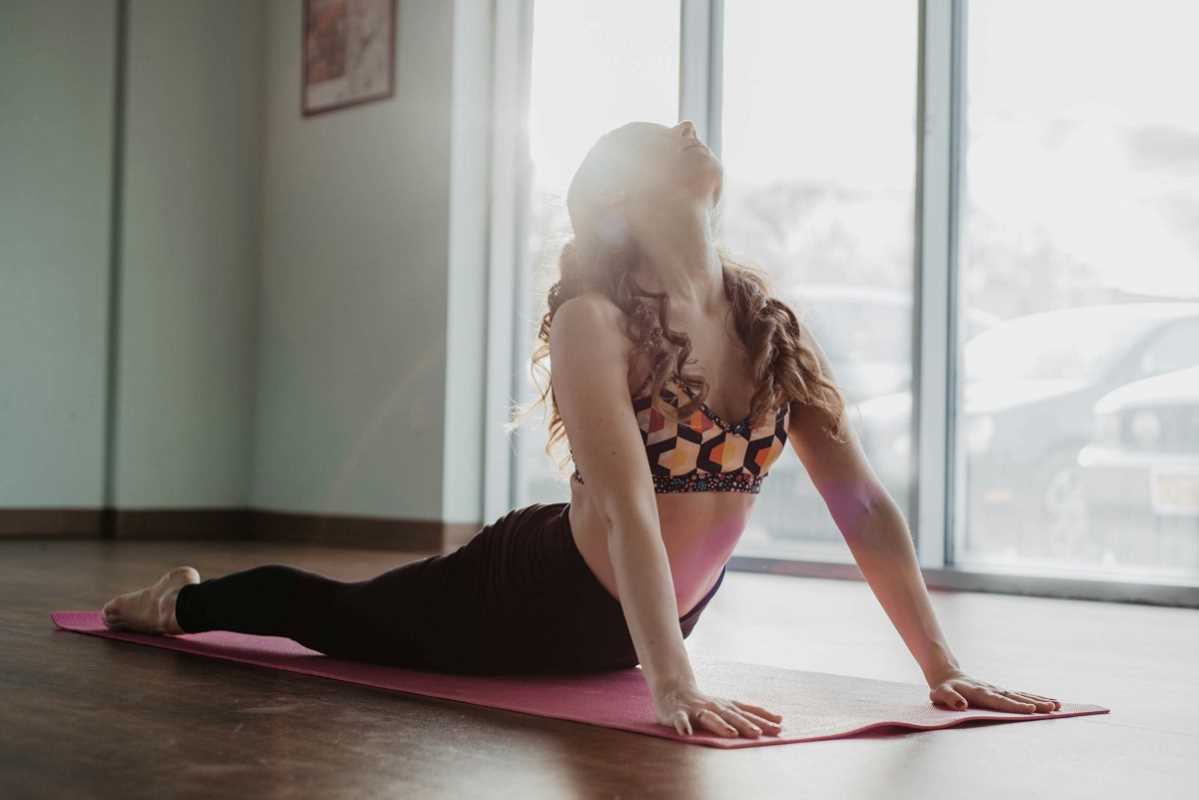 (Image via
(Image via